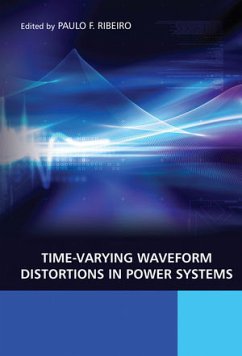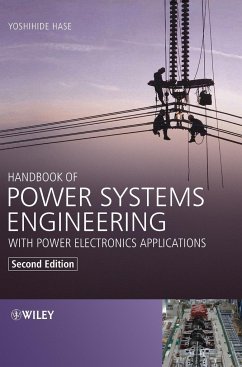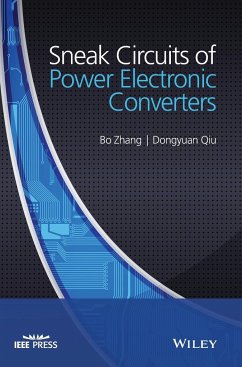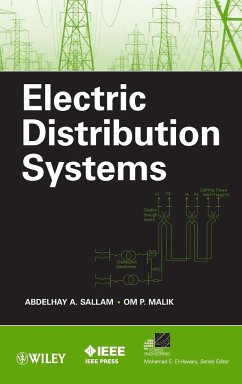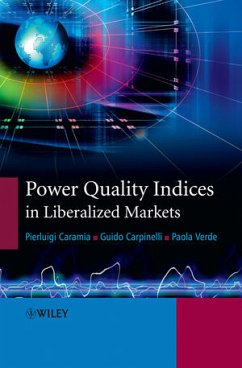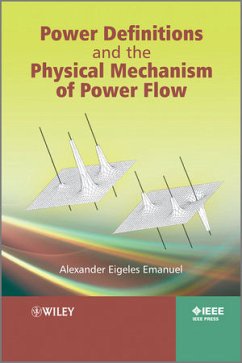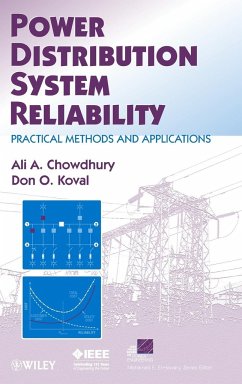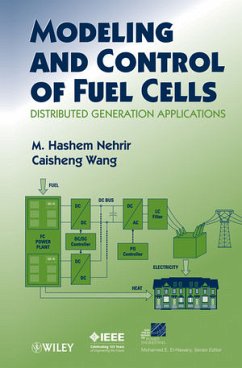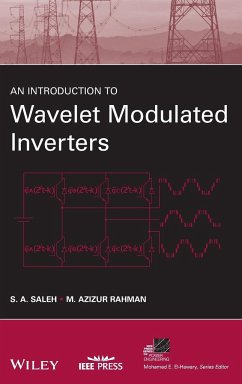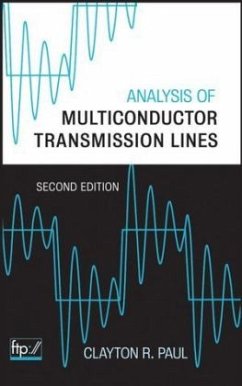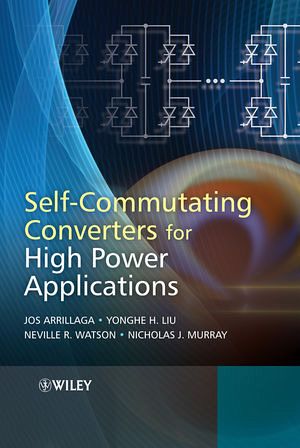
Self-Commutating Converters for High Power Applications

PAYBACK Punkte
67 °P sammeln!
Recent advances in technology have permitted the use of self-commutating converters in high-power applications, enabling a number of exciting new technological developments. Self-Commutating Converters for High Power Applications uniquely covers the newly developed areas of applications requiring either Ultra-High Voltages (over 600 kVs) or Ultra-High Currents (in hundreds of kA), including techniques especially important to projects in developing countries. Written with a logical approach by well-published authors, this concise volume is suitable for engineers in power generation and utilities or final-year undergraduates in power engineering courses.
For very high voltage or very high current applications, the power industry still relies on thyristor-based Line Commutated Conversion (LCC), which limits the power controllability to two quadrant operation. However, the ratings of self-commutating switches such as the Insulated-Gate Bipolar Transistor (IGBT) and Integrated Gate-Commutated Thyristor (IGCT), are reaching levels that make the technology possible for very high power applications. This unique book reviews the present state and future prospects of self-commutating static power converters for applications requiring either ultra high voltages (over 600 kV) or ultra high currents (in hundreds of kA). It is an important reference for electrical engineers working in the areas of power generation, transmission and distribution, utilities, manufacturing and consulting organizations. All topics in this area are held in this one complete volume. Within these pages, expect to find thorough coverage on: * modelling and control of converter dynamics; * multi-level Voltage Source Conversion (VSC) and Current Source Conversion (CSC); * ultra high-voltage VSC and CSC DC transmission; * low voltage high DC current AC-DC conversion; * industrial high current applications; * power conversion for high energy storage. This text has a host of helpful material that also makes it a useful source of knowledge for final year engineering students specializing in power engineering, and those involved in postgraduate research.



